Our first week of this winter semester went great! But the schedule keeps changing, so today I’m working on such updates and lesson planning – and prepping for next weeks programming. Although every day is very different with different activities, different students, etc I try and keep the routine similar for meal times, learning times, play times … My kids personally need the predictably and kids who join us find the transition easier when they know what to expect. What to expect from our schedule is updated below:
WINTER SCHEDULE 2018 (CLICK LINK)
Knowing what to expect helps kids transition to new activities and new places. Unpredictable schedules makes children feel anxious and their anxiety impacts their behaviors. I recommend keeping the same routine when changing environments. Keeping the same pattern for meal times and bed times during trips can help with the biggest challenge of returning home after exciting travels! Writing out what to expect on trips, or holiday breaks, or even changes to daily routine helps.
I have my kids (and students) help with writing out what to expect. During the first classes of our new semester my elementary age sons wrote out their new schedules and practiced going from classrooms in order, so they wouldn’t be overwhelmed figuring out the next step to their day. During each class I had my students talk through the order of the class and wrote out the daily routine on the chalkboard. Since some students were in my past classes – we continued where we left off to give a sense of security to the new semester.
New students didn’t have to try and catch up as we started off the semester using the current season/weather as our topic during preschool classes, Messy Arts for K-2nd graders, Elementary Explorer classes for 1-5th graders, and a child development course for 6-12 grade students. The current season/weather theme relates to last months Mother Goose Time curriculum. Mother Goose Time prepares an easy to use preschool curriculum each month, but since no materials have dates on them – they can be utilized whenever!
Since the Mother Goose Time curriculum is open ended it can be simplified for infants and tots to be introduced to concepts, while older students expand on topics for deeper knowledge. The Winter unit has been expanded on to teach about seasons in different areas and how we Michiganers are blessed with all 4 seasons, while the arctic and antarctic areas stay cold. Arctic Adventures led to discussions of weather and how people impact climate. Season studies expanded on how nature, people, and cultures are influenced by simple things like temperature.
Temperature influences wildlife and human life – it impacts health and behavior – and this common topic of discussion influenced classes to discuss deeper concepts of global awareness, empathy, acceptance and understanding. World wide discussions also influenced deeper concepts of responsibility and respect for our community. After looking at world weather images students discussed why they appreciated their community and valued our county vs state vs country vs continent…
Even young students were able to note differences in images between the north and south poles, between the poles and equator areas, between our home town and other towns through pictures. Pictures led to talks about different areas having different cultures, traditions and beliefs. Understanding that areas are different helps even young children understand that people who live in different places have different values. People who move from those different places learn to adapt, while celebrating their unique heritage.
Learning about different places and the diversity of people encourages children to consider the feelings of others. In my (Mrs. Morgan) and Mi Families (“my families”) LLC programs – we encourage nurturing empathy in simple ways, such as offering diverse toys, beyond black and white baby dolls. We encourage students of all ages to identify and manage their own emotions to better understand the emotions of others. Many of our education through recreation programs teach social studies and historical concepts encouraging appreciation for all people and places. Places near, places far ~ Places warm, places cold.
Next week we’ll continue focusing on our social studies unit with a historial cold places focus – as the ICE AGE. Then onto DINOSAUR themes! If you’d like more information on homeschool classes, tutoring, childcare, parent workshops, provider trainings etc – please visit www.MiFamilies.com or email Christi@MiFamilies.com. Also feel free to network with our family members and team members on LinkedIn, Facebook, Pinterest, YouTube, etc. As we build social media connections let us know where you’d like us to be and what you’d like these articles to be about 🙂

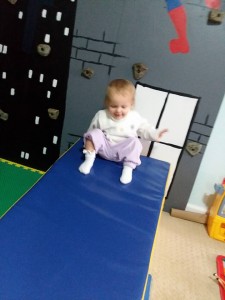
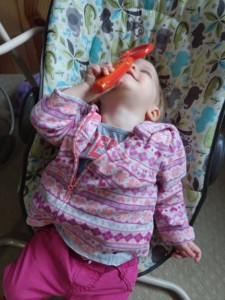
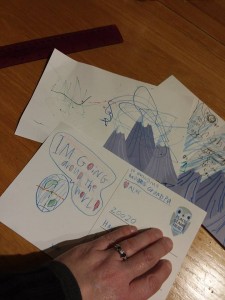
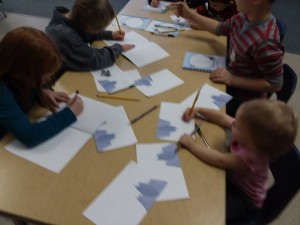
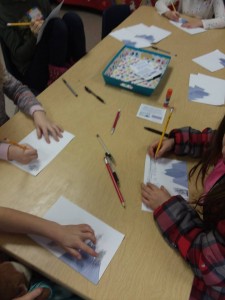
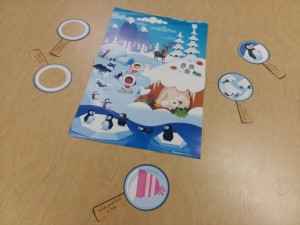
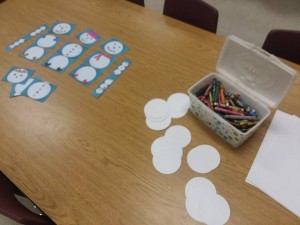
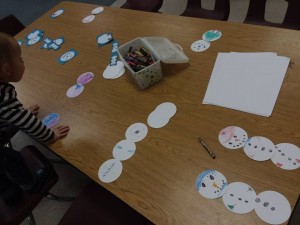
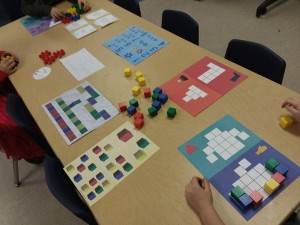
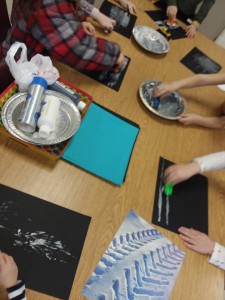
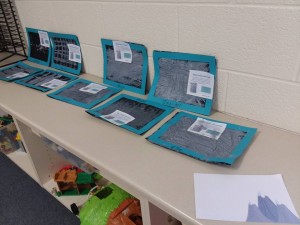
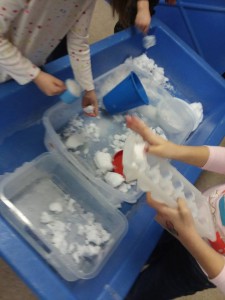
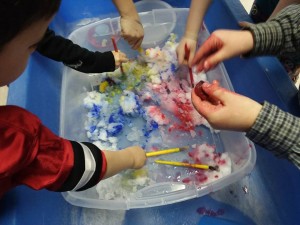
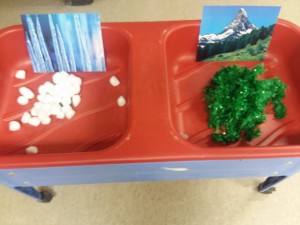
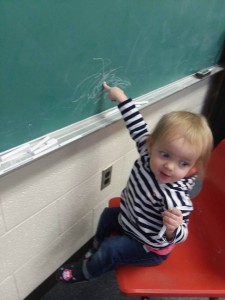
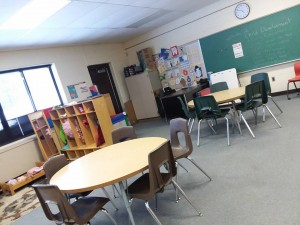
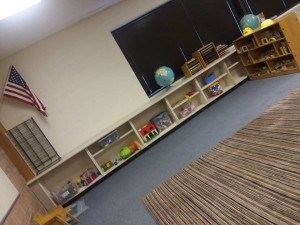
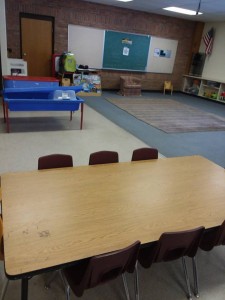
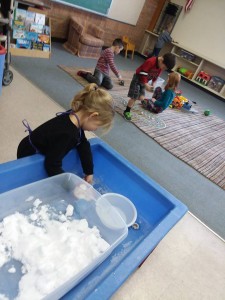
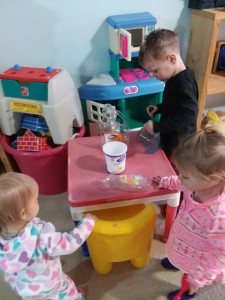

Leave a Reply